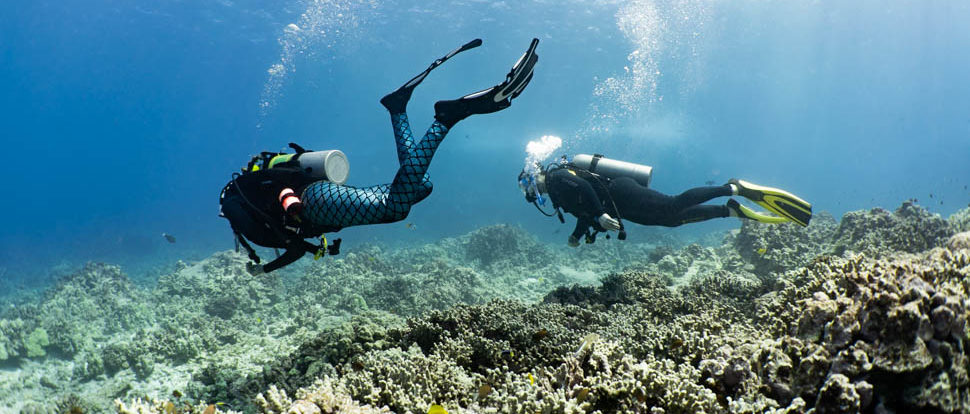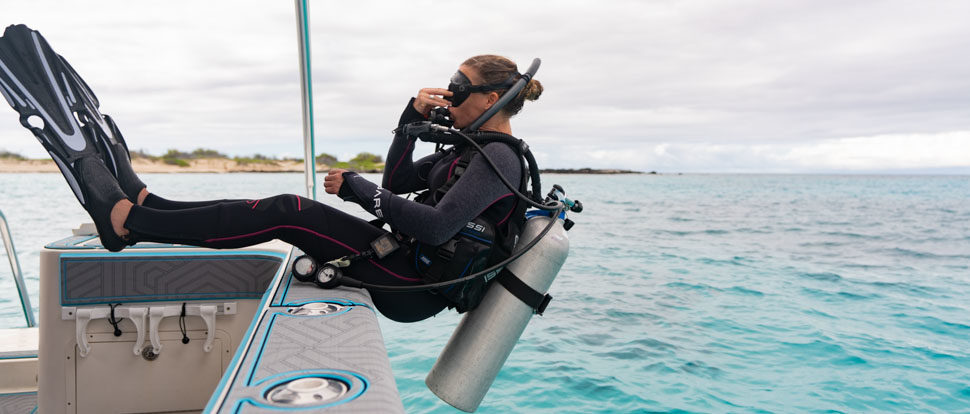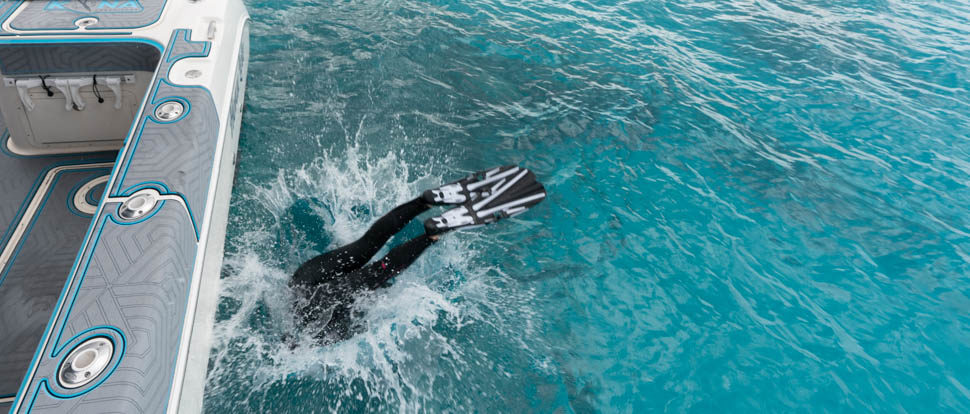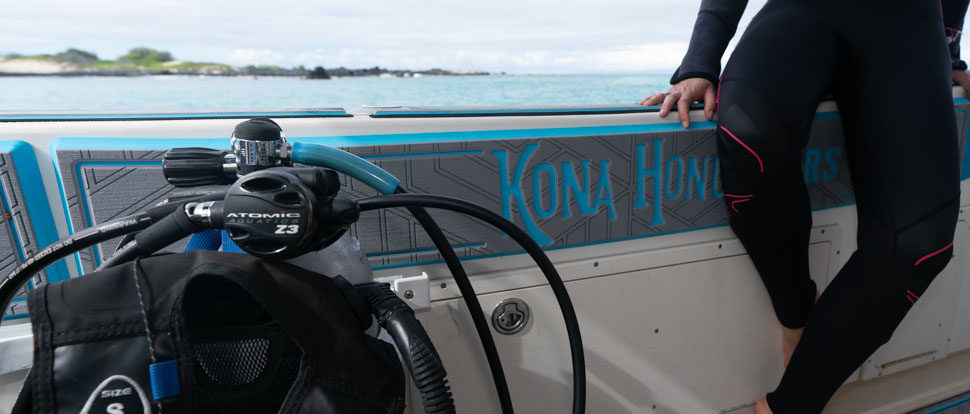Have you already tried Discover SCUBA Diving and you love it? If you are looking to learn to scuba dive in paradise, join the private school of scuba courses! With it’s clearer, calmer, warmer water, colorful reefs, fantastic marine life, and superb underwater lava features, Kona is one of the best places in the world for new divers. Our Kona scuba certification course is perfect for starting your scuba diving journey on the right fin. Our limited class size means you’ll get more personalized attention throughout your course.
Once you’ve completed the PADI open water diver course with us you’ll be able to travel around the world to scuba dive or join us on one of our many amazing dive experiences like the manta ray night dive.
Prerequisites
- Age 18 and up
- Able to Swim
- Able to Speak and Understand English
- Completed Medical Questionnaire
- You MUST have medical coverage or dive accident insurance
- Though not mandatory, Kona Honu Divers always recommends that interested divers try scuba diving via a Discover Scuba Diving experience, before investing in the full 3-day course.
Ratios:
- Students 4:1
While PADI allows 8 students per instructor we believe that you deserve more attention than most dive shops give. This means you’ll get more time working one-on-one with the instructor. This ratio is set to provide the safest learning environment possible with the most attention. Our safety standards are stricter than the industry standards with the added benefit of having a smaller, more exclusive, class size.
What is included?
- Free Premium Gear Rental (Tank, Weight, BCD, Regulator, Dive Computer and Wetsuit)
- E-learning Coursework & Certification Card
- 10% Student Discount for Mask, Snorkel, Fins (Students can rent or purchase these)
- Confined water day
- 4 Open Water Dives
- PADI Dive Club Membership (Includes amazing perks & benefits)
Questions? Call us at (808)324-4668 or e-mail [email protected]!
Why take your course with Kona Honu Divers?
Become a safe, competent, confident diver
By taking your Kona scuba certification course with Kona Honu Divers you will receive a higher level of education and attention than through your typical dive center. This is because our dive company puts a higher emphasis on safety and quality. This is what differentiates us from the rest of the dive operations.
We take the time to ensure you learn how to become a safe, and competent diver. It is also why we are constantly receiving the Scuba Diving Magazine reader’s choice survey award for the best dive operation in the Pacific. In 2024’s reader’s choice survey we received the most votes in the education category beating out all other dive operations in the Pacific & Indian Oceans.
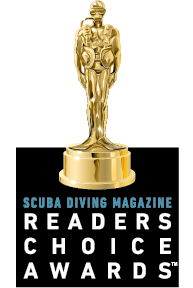
Why Get Scuba Certified in Hawaii?
Hawaii is one of the best places in the world to take your scuba certification.
Reasons to do your scuba certification in Kona, Hawaii:
- Warm Water
- Clear Water
- Calm Seas
- High level of Safety
- Quality Operations
- Shallow diving
Warm Water
During your Kona scuba certification course the water temperatures will vary from 75°F (24°C) to 84°F (29°C) with the warmest months being in August – October.
Clear Water
The visibility in Kona in particular is superior to the other islands. Kona’s relative newness (still active volcano) means we have less sand, This is particularly the case near Kona. This means there’s less stuff clouding up the water and impacting visibility.
On a typical day we can have 30 – 80 feet of visibility. 25 Feet is a bad day and 100+ is a very good day.
Calm Seas
Kona is well protected from the large swells that come in the winter from the northwester Pacific Ocean. This is because the other islands block or create a shadow that makes the Kona coast less susceptible to the massive waves that make places like the north shore good for surfing. So while the surfing here is not so good the diving is exceptional.
High Level of Safety
Hawaii, being located in the United States, has more stringent insurance requirements. This means operators will be held to a higher standard than those in other countries. Additionally, Kona Honu Divers was awarded the top dive Operation in the Pacific for our high level of safety in a Scuba Diving Magazine reader’s poll. Being that our #1 core value is safety, we strive to achieve the highest level of safety available in the Unites States.
When it comes to scuba certification Hawaii has many options, but none at the level of quality offered by Kona Honu Divers.
Quality Operations
Dive operations can be a bit sketchy at times. A boat that belches smoke, a divemaster that shows up late with a stained t-shirt and a bad attitude. If you’ve dove enough you’ve seen it all.
Hawaii tends to have a higher standard when it comes to dive services. Divemasters are more pro-active and gear and boats are often nicer as their is more competition for diving services and higher expectations for service.
Kona Honu Divers strives to offer the highest quality of diving in the Pacific. It shows in our multiple awards for top dive operator in the Pacific by Scuba Diving Magazine readers and our top rated and most reviewed google status. If you’re looking for the best scuba certification instruction in Hawaii this is it!
Shallow Diving
Kona has some of the best diving in less than 30 feet of water. Colorful reef. Large schools of snapper, goatfish, butterfly fish, and tangs means you’ll have plenty to look at and long bottom times.

